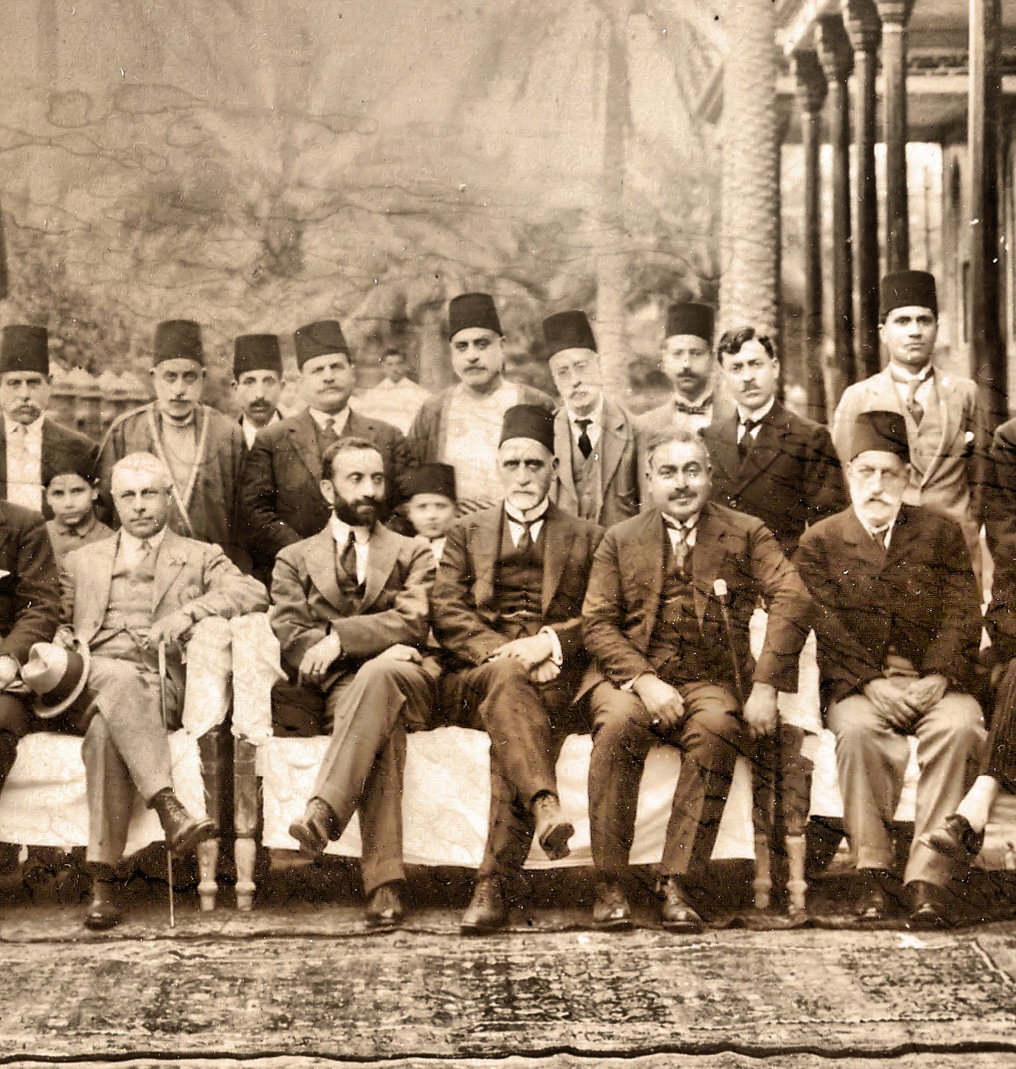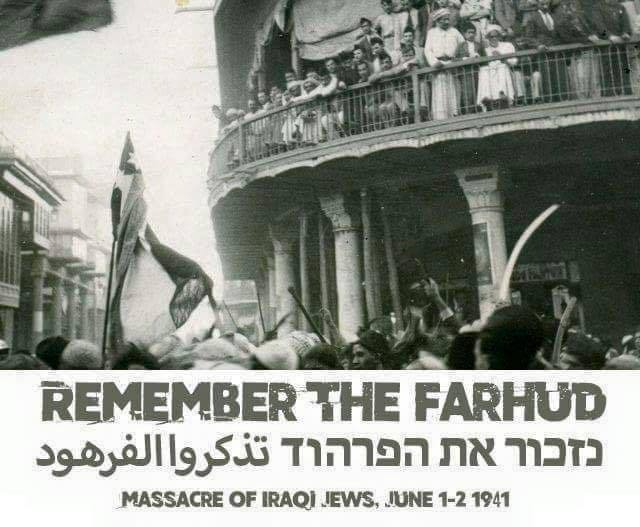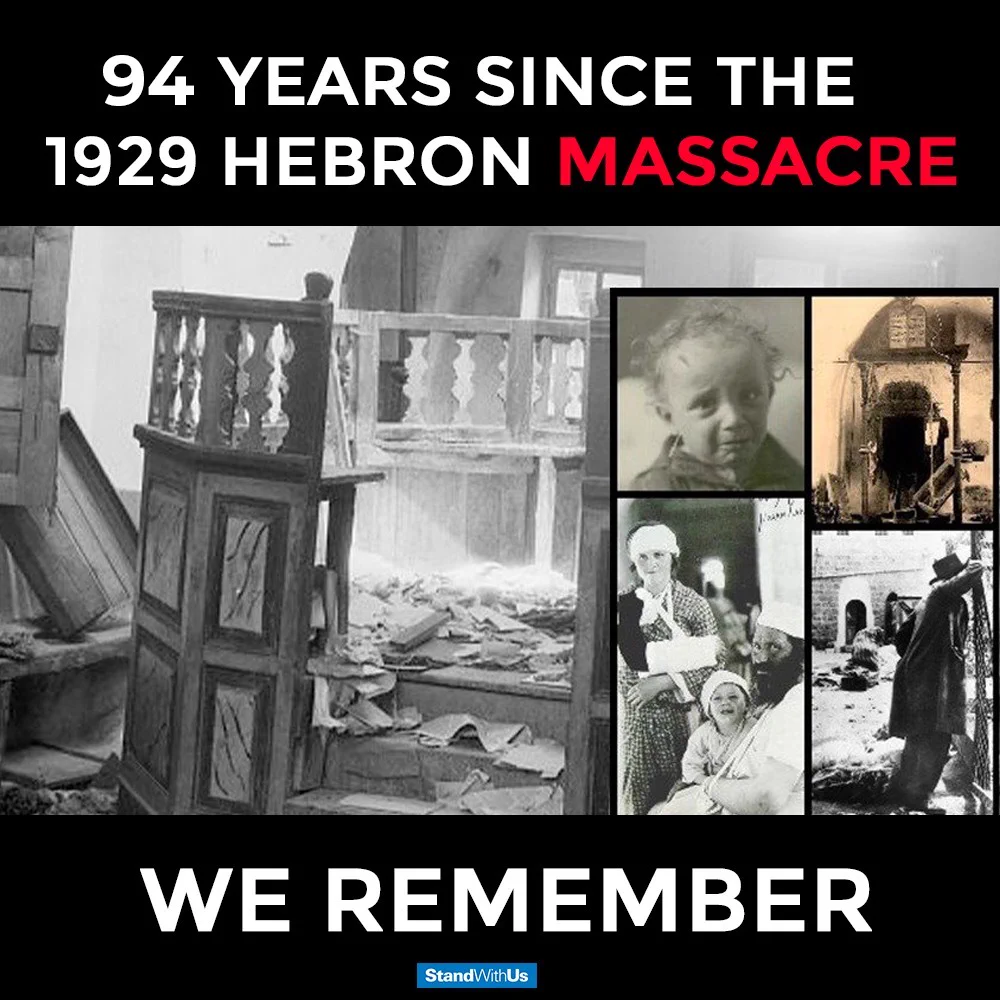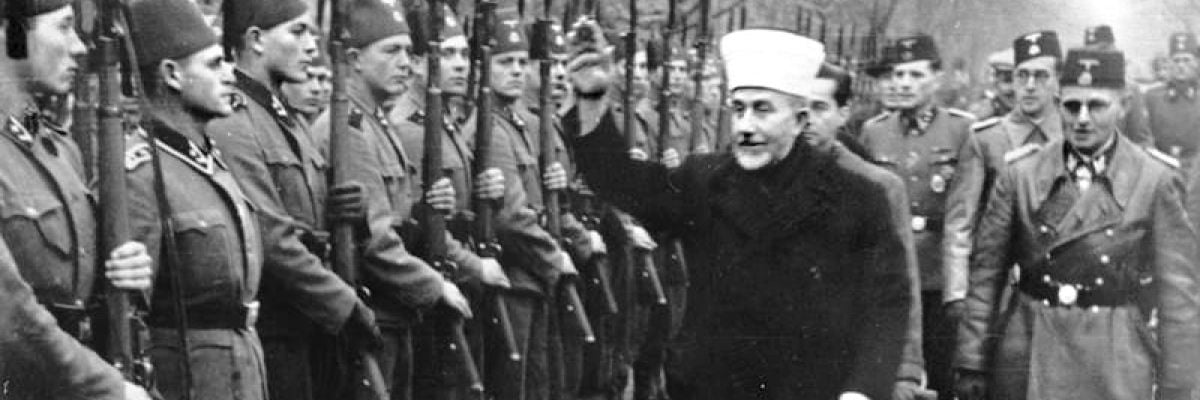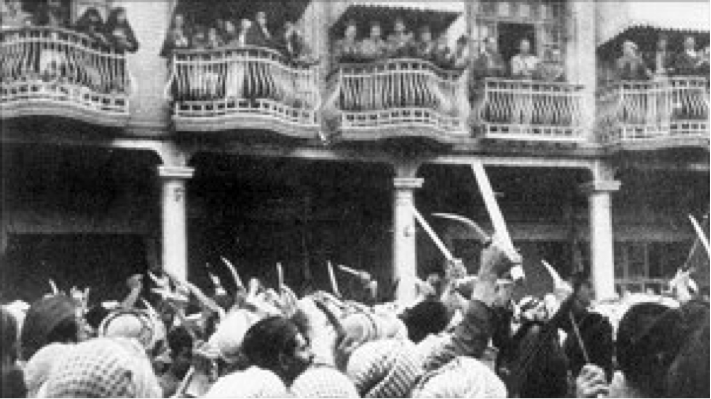Sixties Fan
Diamond Member
- Mar 6, 2017
- 67,285
- 12,048
- 2,290
- Thread starter
- #141
This month 81 years ago, Bagdad’s Jews suffered a wave of murderous antisemitic violence known as the Farhud (onslaught). The pogrom was not only the beginning of the end for the Jews in Iraq, but emblematic of the destruction of Jewish communities across the greater Middle East – a Nakba (catastrophe) largely forgotten by the world
Amid the flames of the Second World War, the Farhud erupted on June 1, 1941. The antisemitic mob violence led to the murder of 179 Jews, although the total number of Jewish fatalities could have been as high as 600, with many unidentified bodies buried in a mass grave. In addition, more than 1,000 Jews were injured, with around 900 homes destroyed and massive amounts of property looted.
The two days of terror occurred during the power vacuum between the collapse of the pro-German government of Rashid Ali and the return of British forces to Bagdad. The violence was incited with Axis support in radio broadcasts and newspapers, as well as sermons in mosques, all fueled by the potent fusion of fascism, Arab nationalism and Islamic militancy.
The leader of the Palestinian national movement, Amin al-Husseini, living in Iraq since 1939, played a crucial role in supporting the anti-British coup that brought Rashid Ali to power and in encouraging the deadly violence against Bagdad’s Jews. With Britain’s reconquest of Iraq, al-Husseini relocated to Berlin, where he served the Nazi regime until its demise. Notwithstanding this wartime collaboration, al-Husseini was elected president of the All-Palestine Government in 1948.
Baghdad’s Jews have a rich heritage. Known as the first diaspora, the community predated the rise of Islam, tracing its roots back to the Babylonian exile of antiquity.
Over the centuries, the Jews of Mesopotamia made an immeasurable contribution to Jewish scholarship and civilization, as well as to the culture and society of the Middle East as a whole.
But the Farhud was not just a mortal blow to one historic community, it was a sign of things to come for Jews throughout the Arab world. From Libya to Syria and from Yemen to Tunisia, murderous pogroms became more and more ubiquitous. And in the aftermath of the Second World War, entire Jewish communities were decimated.
(full article online)

 www.jpost.com
www.jpost.com
Amid the flames of the Second World War, the Farhud erupted on June 1, 1941. The antisemitic mob violence led to the murder of 179 Jews, although the total number of Jewish fatalities could have been as high as 600, with many unidentified bodies buried in a mass grave. In addition, more than 1,000 Jews were injured, with around 900 homes destroyed and massive amounts of property looted.
The two days of terror occurred during the power vacuum between the collapse of the pro-German government of Rashid Ali and the return of British forces to Bagdad. The violence was incited with Axis support in radio broadcasts and newspapers, as well as sermons in mosques, all fueled by the potent fusion of fascism, Arab nationalism and Islamic militancy.
The leader of the Palestinian national movement, Amin al-Husseini, living in Iraq since 1939, played a crucial role in supporting the anti-British coup that brought Rashid Ali to power and in encouraging the deadly violence against Bagdad’s Jews. With Britain’s reconquest of Iraq, al-Husseini relocated to Berlin, where he served the Nazi regime until its demise. Notwithstanding this wartime collaboration, al-Husseini was elected president of the All-Palestine Government in 1948.
Baghdad’s Jews have a rich heritage. Known as the first diaspora, the community predated the rise of Islam, tracing its roots back to the Babylonian exile of antiquity.
Over the centuries, the Jews of Mesopotamia made an immeasurable contribution to Jewish scholarship and civilization, as well as to the culture and society of the Middle East as a whole.
But the Farhud was not just a mortal blow to one historic community, it was a sign of things to come for Jews throughout the Arab world. From Libya to Syria and from Yemen to Tunisia, murderous pogroms became more and more ubiquitous. And in the aftermath of the Second World War, entire Jewish communities were decimated.
(full article online)

81 years since the Farhud: Iraqi families have not forgotten - opinion
My in-laws were lucky to have gotten out when they did. In December 1947, a Farhud-type pogrom swept Aleppo, leaving the community devastated.


